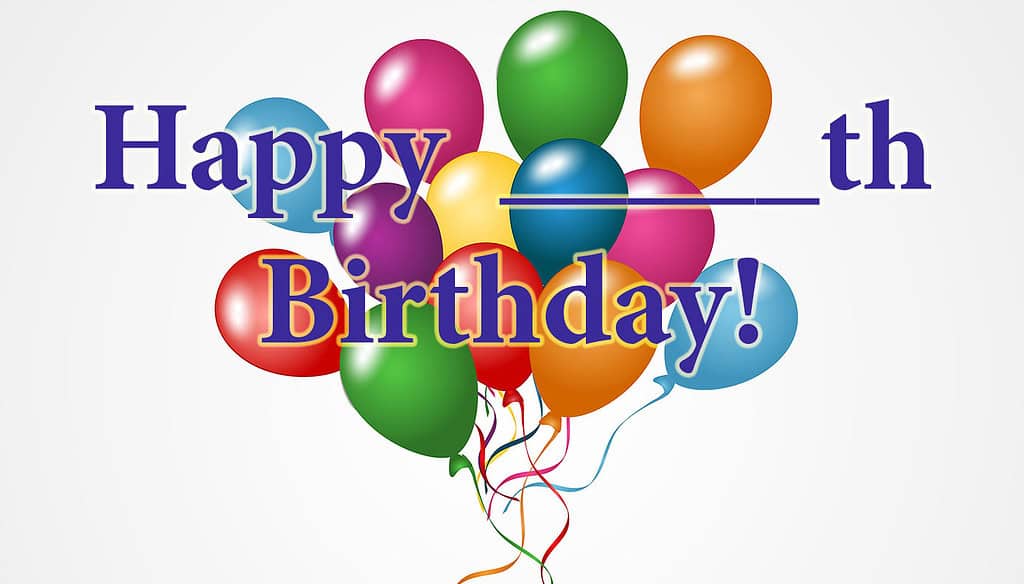My wife, Laura, talked me into taking a class on relaxation a few years ago. She had taken it and was quite impressed with the techniques. Like everything else, the basic technique is simple—It’s the daily effort to practice that’s difficult.
The major part of this relaxation technique involves breathing. While sitting comfortably, legs uncrossed, hands open, and eyes closed, the instructor talked the class through some breathing exercises. We focused our attention on our hands, feet, head, and each body part in turn.
As we focused our attention, and gave each joint and muscle “permission to relax,” we did breathing exercises. First a few deep breaths to clear our minds and pull a little extra oxygen into the blood. This “cleansing breath” is relaxing by itself. This is followed by a period of breathing in to the count of four and out to the count of eight, which serves to hold the focus on breathing.
After some practice, these breathing techniques lead to a very refreshing, relaxed feeling.
I was originally convinced to take the class as an aid to dealing with the constant pain of rheumatoid arthritis. Oddly enough, the first time I did a relaxation exercise in class I experienced an increase in pain in my hands and feet.
When the instructor asked what people had experienced, I mentioned this increased pain. He said that this is normal. We block a great of pain all the time. As I made the effort to relax the muscles and joints, I allowed my mind to relax as well and stop blocking the pain.
Interestingly, the overall effect was still relaxing and refreshing and enjoyable. The pain I was blocking was not much worse than the pain I was consciously experiencing. Our natural defense mechanisms know that pain is bad and therefore we block it. Or, more accurately, our mind blocks it on our behalf.
But there is a difference between pain and suffering. Pain tells us information we need to know. We often change our behavior to reduce pain. We adjust our exercise routine, or how we lift something, or the way we work. This is good.
But fear of pain can keep us from doing things we should do. Focusing on the pain can help us to understand how much we should be adjusting our behavior. Sometimes the pain is simply a minor irritation and we should work through it. At other times the pain is limiting and we need to back off and respect it.
In addition to the physical pain, our mind also blocks some types of mental or emotional pain. We lessen the pain by altering our memories, numbing our reactions, and literally “blocking out” certain painful events. Breathing techniques can help people to understand the pain and learn to live with it.
I was surprised at how some simple breathing techniques can help in dealing with pain.
I began dong breathing/relaxing exercises regularly. I even set an alarm so I don’t get carried away or fall asleep.
Since that time, I have explored several types of relaxation techniques. These include praying, meditation, journal writing, other writing, and reading contemplative books.
Breathing should be the basis of all “quiet time.” There are many ways to relax and let your body rejuvenate. They should all start by getting comfortable and taking some deep cleansing breaths.
Try it now quickly. Sit comfortably. Close your eyes. Breathe in, through your nose, to a count of four. Hold it for a count of four. Then breathe out (through the mouth) to a count of eight. Next, take a few normal breaths and then repeat the 4-4-8 cleansing breath.
As you keep your eyes closed and sit calmly, try to focus on your body parts. Breathe normally and focus on your head for a few minutes. Then your neck and shoulders; your back; your chest and stomach; your arms and wrists and hands and fingers; your thighs and hips; your legs and ankles, feet and toes.
As you move your awareness through your body, you will eventually begin to feel a tingling or a “glow” as you pay attention to your breathing and your body. A glowing feeling in the fingers and toes/hands and feet is the most common.
The feeling is completely calming, completely relaxing. As you become more experienced at relaxation breathing, you will slip more quickly into a deeply relaxed state. The body will begin to be comfortable with this new exercise and you will be able to achieve greater relaxation with only a few deep breaths.
Eventually, the ability to relax will become “portable.” A few breaths under any circumstances and your body will relax—because it knows the routine.
The physiology of relaxation breathing is quite amazing. You lower your pulse and blood pressure—instantly. I have a heart rate monitor that I use while exercising. While riding my exercise bicycle one day I decided to measure my ability to reduce my heart rate.
After warming up and getting deep in the aerobic zone—a pulse of 140—I tried it. While maintaining the same pace I closed my eyes and took three cleansing breaths. I was able to drop my pulse by 12 points instantly!
Now I play a game at the doctor’s office. You know how they take your blood pressure even if you come in for a stubbed toe? I decided to try my relaxation exercises there. It works like a charm. I always ask how I did and the nurses usually comment that my blood pressure is “very good.” I can usually bring it to 100/50.
In addition to permanently lowering your blood pressure, relaxation breathing has other benefits.
In any stressful situation, a few breaths will calm you and help you focus on what’s important. For example, when you go into a performance review, a job interview, or a meeting with a difficult person. Take a few deep cleansing breaths and relax. It won’t make you perfectly relaxed, but it will help.
In many situations you don’t want to be perfectly relaxed—you want to keep your edge. But a few deep breaths can take you one step toward relaxation and increase your focus. You can gain an edge by viewing the situation at a slightly slower pace and viewing things as they really are.
With adrenaline coursing through your body, you can become a bit more focused, but also more agitated. Breathing techniques help you to step back from the edge, maintain control, and focus your mind more accurately on your objectives.
There’s an old adage that the first one to lose his temper also loses the argument (or fight or negotiation). Breathing properly gives you the power to stay focused and not lose your temper.
We all have experiences we wish we could live over. “I wish I hadn’t lost my temper.” Or cried, or stormed out, or used those words. Focusing—doing the right thing—not being carried away by the emotions and stress of the moment. That’s what we want. That’s what we need to succeed.
Very often we see examples of “greatness” in which the hero is the person who “had the presence of mind” to do the right thing. Or it was the person who “kept her wits about her” when everyone else panicked.
Relaxation does not mean going to sleep. It can be a simple step back from “the edge” of stress or panic or overwhelming emotions. Relaxation brings focus. It brings control and rationality and a constant awareness of why we are engaged in a specific activity. It keeps us pointed toward our goals and keeps things in perspective.
You need that adrenaline. And the stress. They push us and motivate us and give us strength we might not otherwise have. But they can also kill us. Relaxation breathing brings focus. It gives us the power to turn every action, every meeting, every event to our advantage. With focus you can turn everything you do into a piece of the puzzle that will be your success. Focus and every action you take will be a step toward your own success.
Channel your energy and other people’s energy toward your success. If you stay focused, you will have success. If you know how to relax you will stay focused.
And hence . . .
Relax
Focus
Succeed®







